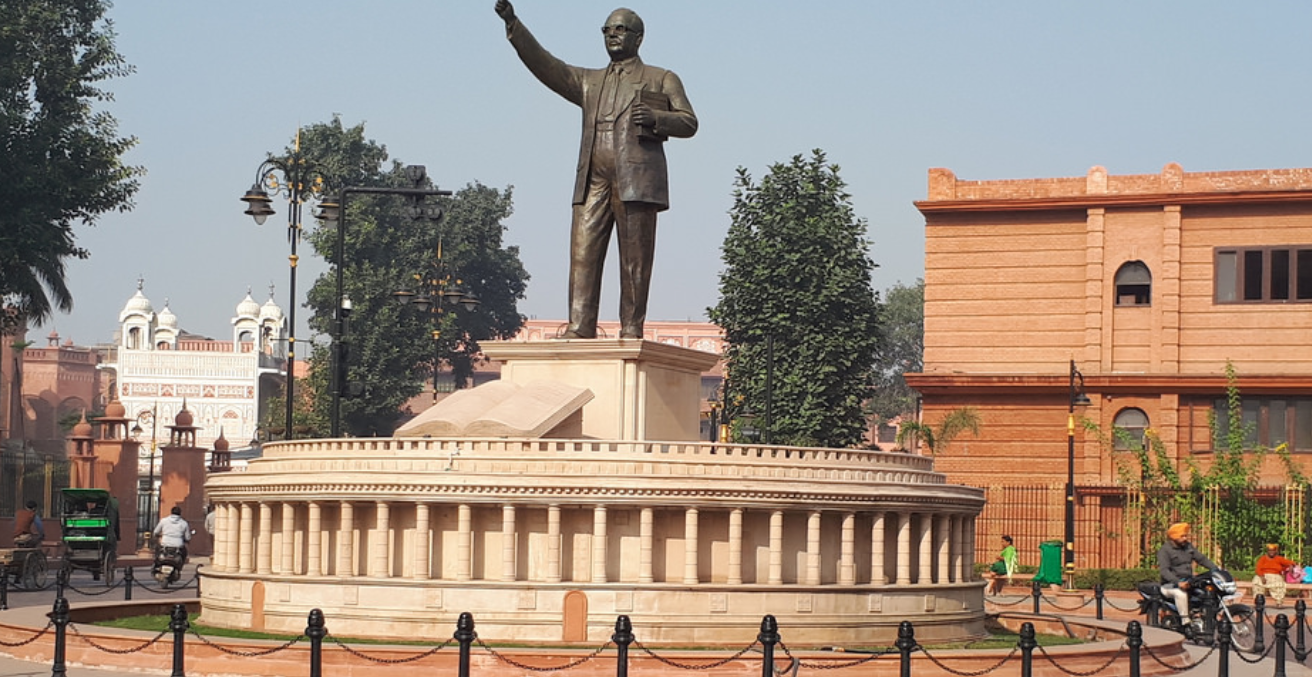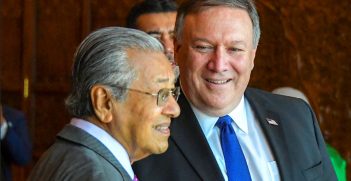India’s 2019 General Election Suddenly Becomes a Lot More Interesting

India’s recent elections in five states (Chattisgarh, Madhya Pradesh (MP), Mizoram, Rajasthan, Telengana) were largely a contest between the Congress as the country’s grand old party led by Rahul Gandhi, and the Bharatiya Janata Party (BJP) led by PM Narendra Modi. Congress did not just lose office in 2014, it was routed, winning just 44 of the 543 seats in Parliament. Now it is back as a serious contender once again.
The BJP has mostly squandered the opportunity for major structural reforms of the economy. The finance minister is a clever lawyer but not a competent manager of the country’s economic destiny. The adoption of a broad-based consumption tax was botched in implementation. In demonetizing the two high-denomination currency notes, Modi confused impetuous, impulsive and arbitrary voodoo economics with bold, courageous and dynamic economic leadership. Not one of the stated major goals of demonetization was realized to offset the crushing hardship imposed on daily wage earners: curbing corruption, transitioning to a cashless economy, curtailing counterfeit currency, and crimping terrorist financing.
The 2014 campaign promises of minimum government, maximum governance with built-in responsiveness and accountability; sabka saath, sabka vikas (development and good governance for all groups and sectors); repatriation of hordes of money stashed abroad trough illicit financial outflows; expanding farmer incomes; millions of additional jobs created; all amounting to parivartan (transformation) were progressively abandoned. Modi has spent more time campaigning in states and travelling abroad in search of investment than governing from New Delhi and improving the policy and regulatory framework to make foreign investment attractive.
After the unexpectedly sweeping victory in 2014, when the BJP became the first party to win a majority on its own in 30 years, Modi had issued a clarion call for a Congress-mukt(Congress-free) India. He campaigned extensively in several state elections to this end with great success. The latest quintuple elections were framed as a contest between Modi, a kaamdar who has ascended to the top through work, and Gandhi as the naamdar, someone entitled to the top job because of his name as the scion of the Gandhi-Nehru political dynasty.
Of the 606 seats in play in the five states, Congress won 306 against the BJP’s 200. Congress will form governments in Chattisgarh, MP and Rajasthan; regional parties will do so in Mizoram and Telengana, and the BJP in none. To put this in national perspective, in 2014 the BJP had garnered 62 of the 65 seats in the federal parliament from these five states. This time the BJP lost 180 seats or almost half its total in the five states. Congress gained over 160 seats to more than double its strength. If the December 2018 state results were to be replicated in the 2019 federal election, the BJP would lose half its 62 seats.
The results are a stark warning to the BJP for another critical reason. Chattisgarh, MP and Rajasthan are part of the Hindi heartland over which the BJP has held a stranglehold. The fortress has been breached.
On the other hand, the BJP has succeeded in shifting the national consensus on Hindu-Muslim relations. The version of secularism practised in India for over six decades is gone. Under successive Congress governments, religious minorities were endlessly appeased while Hindus ended up feeling ashamed for overt pride in their religion. With the BJP mercilessly exploiting this blatant discrimination against the Hindu majority, in recent months Gandhi has been publicly visiting temples and taking part in Hindu ceremonies to shift Congress towards a soft Hinduism. His appeal to the moderate-majority Hindus has pushed the BJP deeper into hard Hindutva, of cow-protection lynch mobs and interfaith love vigilantes, that alienates significantly more voters than it attracts.
The results will boost Congress morale, cement Rahul Gandhi’s leadership and increase the party’s attraction as an ally in future pre- and post-election coalition negotiations. The BJP will limp into the 2019 elections with its mystique of invincibility pricked. In the fifth year of a Modi government, people are less swayed by reminders of Congress failures and instead judge Modi on his own record, where promises and boasts exceed action and results. This vote-alienating gap is set to widen by the time of the 2019 election.
The Congress has gained much-needed momentum after the 2014 drubbing but still lacks a compelling – or even a coherent – narrative. It continues to see the Gandhi family as the salvation when it is the party’s main pathology in transitioning to a competent, agile and well-led party that guides the ship of state with a vision and strategy for the future based on inclusive growth, shared prosperity and a common national identity. In a worrying portent for the party, “Rahul Gandhi to decide who will be CM in Rajasthan, Madhya Pradesh tomorrow,” read a headline in The Indian Express on 12 December.
The 2014 election was a referendum on Congress; next year’s will be a referendum on Modi. His 2014 narrative of parivartan has given way to the politics of grievance against six decades of Congress misrule and the ugly lynch mobs of vigilante Hindus. He has proven unable to tell friends offering constructive criticism and well-meaning advice from foes criticizing every failure with schadenfreude. The resulting virulent attacks on all critics has turned potential allies into adversaries, including among media commentators and public intellectuals.
The BJP voter share has shown a steady downward trend since 2014. The poor are disenchanted, the Dalits (historically oppressed lower castes) and the farmers are in ferment and the youth-dominated aspirational classes have marked Modi’s disastrous economic policies a big “Fail.” On present trends, no single party will win an outright majority. Unfortunately, coalition government is not the best recipe for bold and decisive policy innovation and implementation.
Ramesh Thakur FAIIA is Emeritus Professor ,Crawford School of Public Policy ANU.
This article was originally published on the Pearls and Irritations website on 14 December 2018. It is republished with permission.





